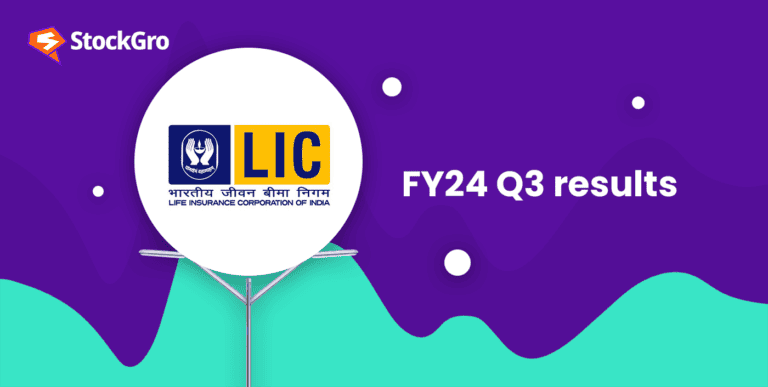
OpenAI, the company behind the viral ChatGPT chatbot, has been making waves in AI. This ambitious AI startup has reached an impressive milestone, crossing $2 billion in annual revenue and reaching the likes of Meta and Google.
This explosive growth, fueled by investments from backers like Microsoft, strengthens OpenAI as one of the fastest-growing startups ever. With plans to invest billions more in infrastructure, OpenAI continues its industry dominance.
Today’s article explores OpenAI’s revenue milestone, its evolution, business model, and future outlook. Stay tuned!
About OpenAI
OpenAI is an artificial intelligence research company that offers several services; ChatGPT is an example of one of them. In 2015, OpenAI was established to create AI and ML tools for various uses.
In 2018, OpenAI introduced Generative Pre-trained Transformers (GPTs), which are a kind of neural network. GPTs undergo training on datasets to mimic the way the human brain works.
An image variant of ChatGPT, DALL-E, was introduced in 2021. It allows people to instruct the generative AI model to create visuals. ChatGPT quickly rose to the top among generative AI tools after its November 2022 release, making it ideal for creating chatbot replies and survey questions, among other text-based capabilities.
Although OpenAI was founded to serve non-profits, it is now run by for-profit investors. Several prominent entrepreneurs, including Elon Musk, Reid Hoffman, OpenAI’s current CEO, Sam Altman, and others, made significant contributions to the initial group of researchers and engineers that launched the company.
Currently, Microsoft has become one of the company’s most significant investors and stakeholders.
Also read: How is generative AI affecting the financial industry?
OpenAI news update: Reaches $2 billion in revenue
With Microsoft’s support, the San Francisco-headquartered company hit the $2 billion revenue milestone in December. An indicator of financial success, the start-up’s yearly run rate (calculated by multiplying the company’s revenue from the previous month by 12) crossed the $2 billion threshold last month, with support from Microsoft.
By surpassing $2 billion in annualised revenue, OpenAI joins the likes of tech giants like Meta and Google as one of the most rapidly expanding organisations in history.
The company’s yearly sales increased from $1.3 billion in mid-October to over $1.6 billion in December, driven by a sharp increase in its ChatGPT platform. Even though OpenAI’s leadership was shaken in November, with Chief Executive Sam Altman ousted and re-instated, the company has been thriving since then.
According to Altman, who has taken centre stage in the AI boom that has ignited tech sector competition and contributed to a stock market rise in 2023, OpenAI products are being used by a significant number of Fortune 500 companies.
Strong demand from large corporations looking to incorporate generative AI capabilities into their operations fuels the company’s optimism about future revenue growth.
Also, by 2025, OpenAI expects to double its revenue to over $4 billion. The estimate comes from customers eager to use OpenAI’s tools as the world becomes more aware of AI’s possibilities.
Competitors of OpenAI
Competition is fierce since other tech giants like Google and Meta are working on their artificial intelligence models and platforms. Gemini, Google’s latest LLM, claims better speed and scalability than ChatGPT-4.
In contrast, Meta’s LLaMA model will soon be released in a commercial edition. Google and Meta are investing in generative AI models to create realistic pictures, videos, and music from text prompts.
As of February 10, 2024, the market capitalisations of Google (Alphabet Inc., Class C) and Meta are $1.86 trillion and $1.19 trillion, respectively.
Also read: Meta Q4 results: Earnings highlights & strategic insights!
OpenAI business model
Multiple revenue streams allow OpenAI to stay afloat.
The subscription model of OpenAI’s ChatGPT Plus product is the primary revenue generator. Pricing is based on a monthly fixed charge of $20. With the introduction of ChatGPT’s premium plan, yearly revenues surpassed $100 million shortly.
Businesses that use OpenAI’s APIs to build on top of models like GPT-3 and GPT-4 pay for them, depending on how often they use them. Different modes and sizes of the context window have separate price tags. The Whisper audio model, OpenAI’s DALL-E image model, and the fine-tuning and embedding services generate revenue for OpenAI.
Future outlook
Bloomberg has reported that OpenAI’s intentions to build a state-of-the-art, high-quality production facility would require financing of tens of billions of dollars.
Among the famous individuals with whom Altman has been in talks to get funds for this initiative are the UAE’s Sheikh Tahnoon bin Zayed al-Nahyan. Sheikh Tahnoon, brother of UAE President, is responsible for substantial investment funds throughout the nation and acts as national security adviser.
Given this achievement, CEO Sam Altman is now in discussion with possible investors to secure billions of dollars to fund the new semiconductor company to meet its increasing need for semiconductors.
Nevertheless, it is still not known whether the new venture will function as a subsidiary of OpenAI or an independent company. However, according to sources, the new corporation would have OpenAI as the initial client.
OpenAI was looking into the idea of manufacturing its chipset and potential acquisitions. Though nothing was finalised just yet, OpenAI was looking at several options for addressing the shortage of AI chips, such as establishing partnerships with other chip manufacturers and expanding their supply base beyond Nvidia (a leading provider of AI solutions).
Since OpenAI’s ChatGPT was released more than a year ago, there has been a dramatic increase in the demand for processors, which may be attributed to the growing interest in AI applications.
Also read: Zomato’s Q3 results: Third straight quarterly profit
Conclusion
OpenAI has enjoyed great success since launching ChatGPT. User demand for its AI services has led to over $2 billion in yearly revenue. With support from Microsoft and plans to invest more in research, OpenAI looks to keep growing quickly, even with competition from famous tech giants.
By establishing itself so rapidly, OpenAI looks set to keep pushing boundaries in generative AI.

